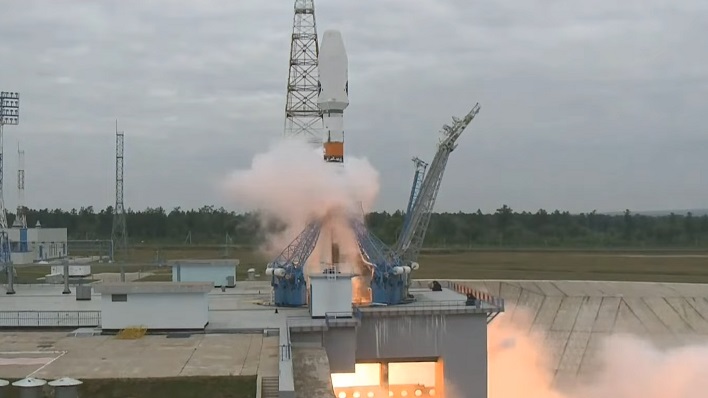Russian Moon Mission Fails Spectacularly In Lunar Crash Impact

The Luna 25 lunar lander launched onboard a Soyuz 2.1 rocket from the Vostochny Cosmodrome on August 11, 2023 (Moscow time). The mission ran into problems ahead of the attempted landing, as the Russian state space corporation, Roskosmos, reported an "abnormal situation" had occurred when mission control tried to move the craft into its pre-landing orbit. Roskosmos then lost communication with the spacecraft late Saturday night.
"The apparatus moved into an unpredictable orbit and ceased to exist due to a collision with the surface of the Moon," explained the Russian space agency in a press release. It added that Luna 25 "switched to an off-design orbit" just before it met its demise. The agency said that a special commission will be investigating why the spacecraft's attempted landing failed.
Russia, known at the time as the Soviet Union, was the first country to launch a satellite, Sputnik 1, into orbit around the Earth in 1957. It later was also the first to send a human into space into space in 1961. Russia also broke ground (er, space?) with its Mir space station, which decades later ASUS paid homage to with its Zenbook 14X OLED Space Edition laptop.
The Luna 25 crash comes ahead of India's attempt to land a spacecraft, Chandrayaan-3 lunar lander, on the moon. Chandrayaan-3 was launched in mid-July and is still making its way to the lunar surface.

